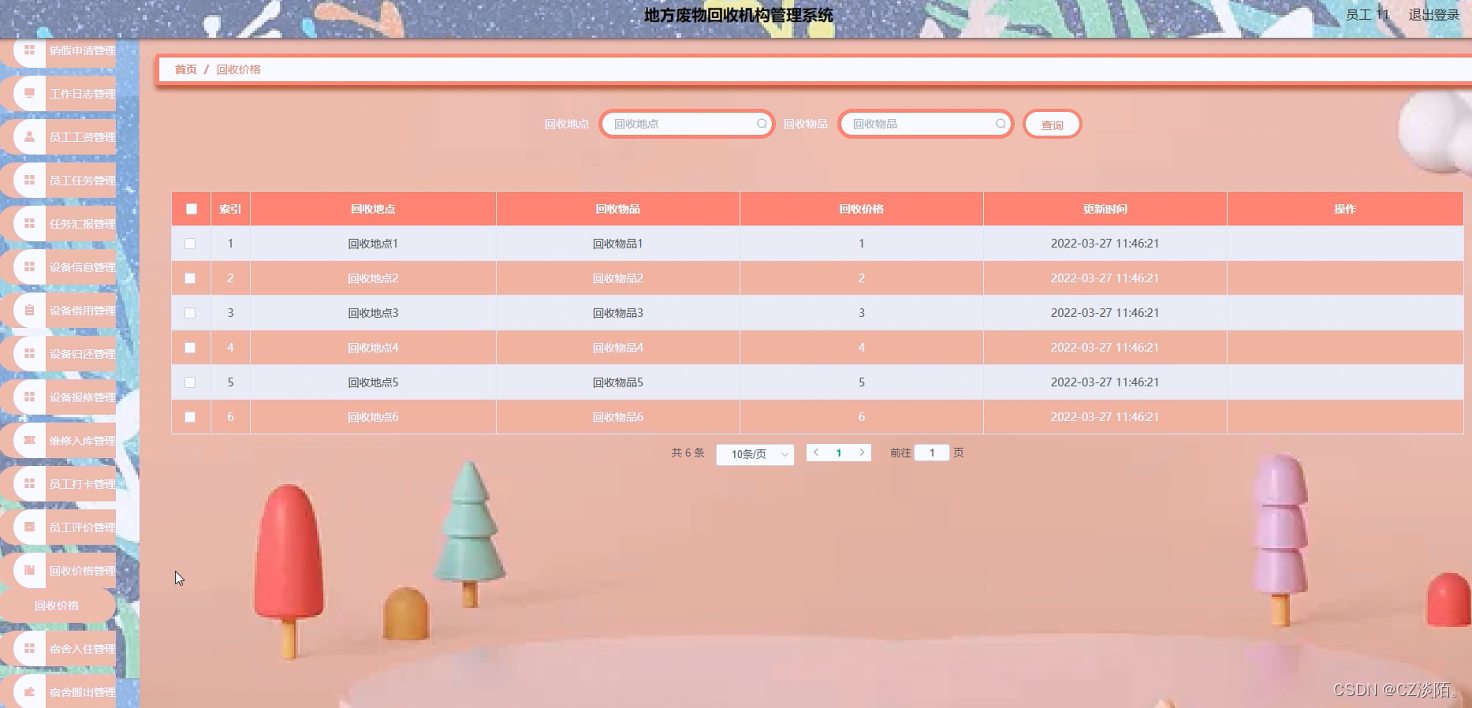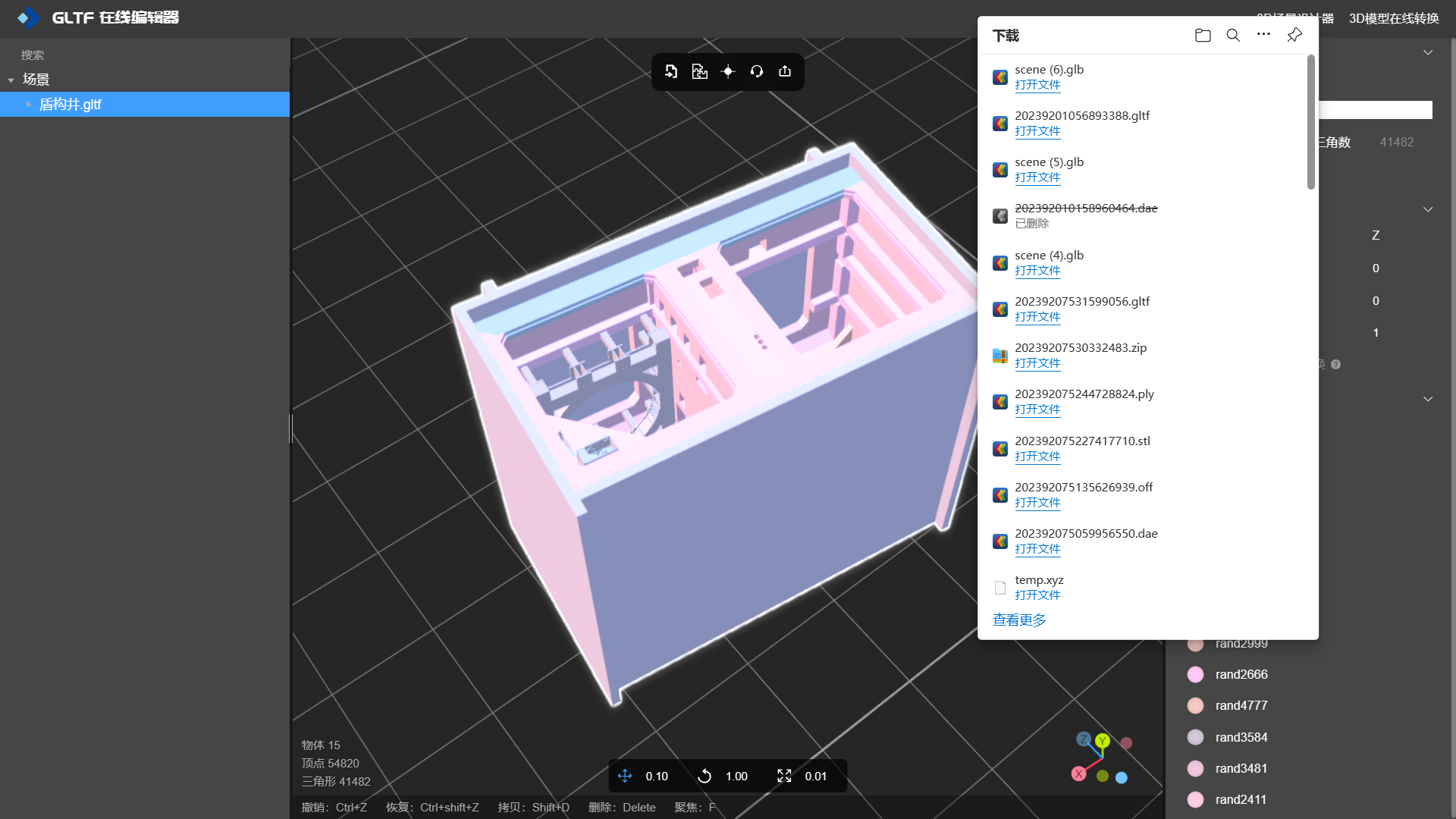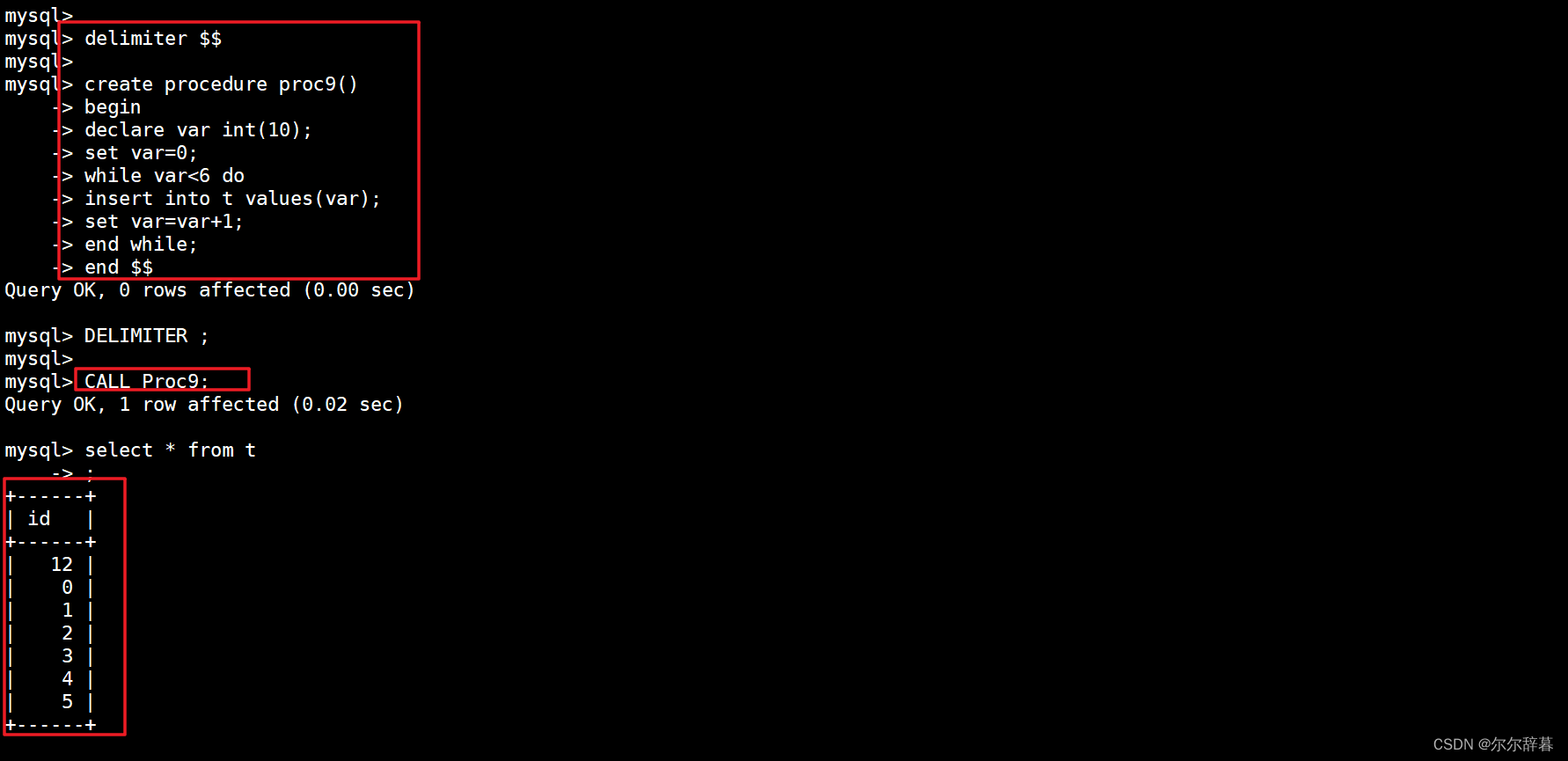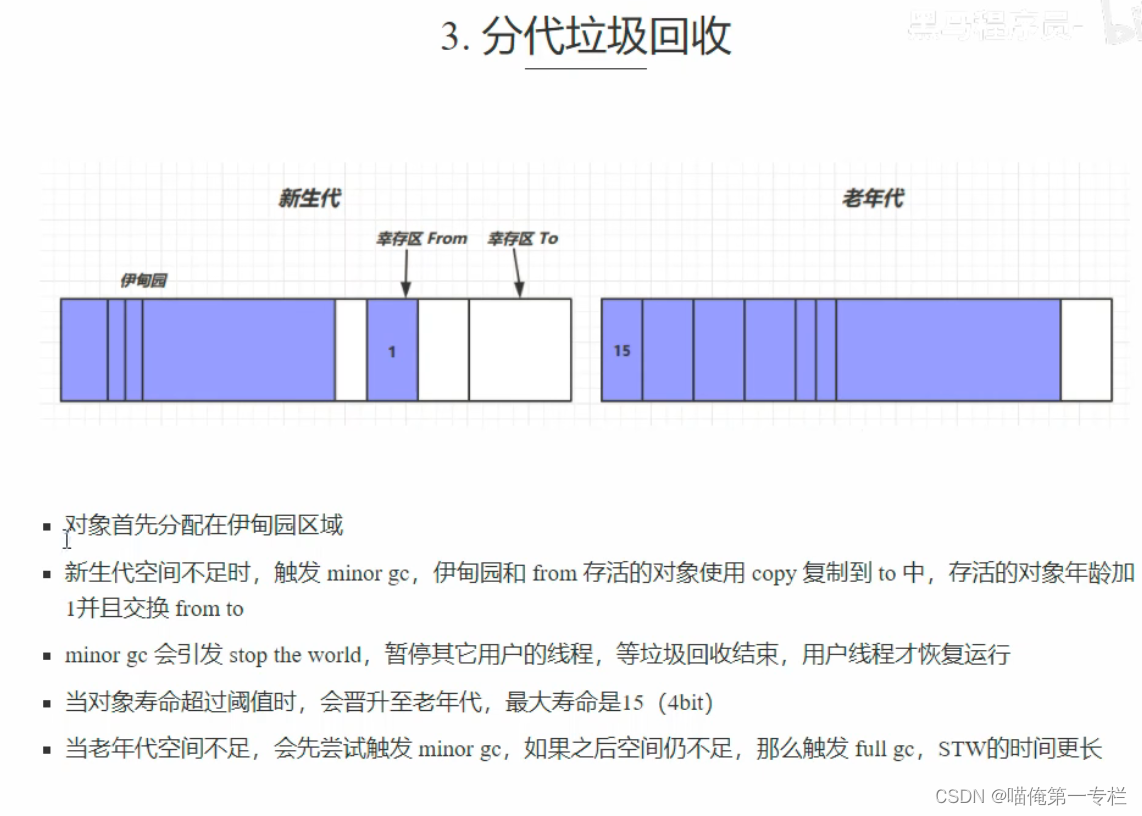目录
前言
一、list 的使用
1、构造函数
2、迭代器
3、增删查改
4、其他函数使用
二、list 的模拟实现
1、节点的创建
2、push_back 和 push_front
3、普通迭代器
4、const 迭代器
5、增删查改(insert、erase、pop_back、pop_front)
6、构造函数和析构函数
6.1、默认构造
6.2、构造 n 个 val 的对象
6.3、拷贝构造
6.4、迭代器区间构造
6.5、 赋值运算符重载
6.6、析构函数
三、list 模拟实现源代码
四、list 的迭代器失效
五、list 和 vector的对比
前言
- list是可以在常数范围内在任意位置进行插入和删除的序列式容器,并且该容器可以前后双向迭代。
- list的底层是双向链表结构,双向链表中每个元素存储在互不相关的独立节点中,在节点中通过指针指向 其前一个元素和后一个元素。
- list 与 forward_list 非常相似:最主要的不同在于 forward_list 是单链表,只能朝前迭代,已让其更简单高效。
- 与其他的序列式容器相比(array,vector,deque),list 通常在任意位置进行插入、移除元素的执行效率更好。
- 与其他序列式容器相比,list和forward_list最大的缺陷是不支持任意位置的随机访问.
一、list 的使用
1、构造函数
| 构造函数 | 接口说明 |
| list (size_type n, const value_type& val = value_type()) | 构造的list中包含n个值为val的元素 |
| list() | 构造空的list |
| list (const list& x) | 拷贝构造函数 |
| list (InputIterator first, InputIterator last) | 用[first, last)区间中的元素构造list |
int main()
{// 默认构造list<int> lt;lt.push_back(1);lt.push_back(2);lt.push_back(3);lt.push_back(4);// 拷贝构造list<int> lt2(lt);// 构造 n 个节点list<int> lt3(5, 1);// 迭代器区间构造list<int> lt4(lt.begin(), lt.end());return 0;
}2、迭代器
| 函数声明 | 接口说明 |
| begin + end | 返回第一个元素的迭代器+返回最后一个元素下一个位置的迭代器 |
| rbegin + rend | 返回第一个元素的reverse_iterator,即end位置,返回最后一个元素下一个位置的 reverse_iterator,即begin位置 |
int main()
{int a[] = { 1,2,3,4,5,6,7,8,9 };list<int> lt(a, a + 9);auto it = lt.begin();while (it != lt.end()){cout << *it << " ";it++;}cout << endl;return 0;
}迭代器一般是用来遍历和查找的;
而反向迭代器的使用是类似的,只不过调用的函数换成了 rbegin 和 rend 。
注意:反向迭代器的迭代使用的也是++。但迭代器区间一样是[rbegin, rend);
3、增删查改
| 函数声明 | 接口说明 |
| push_front | 在list首元素前插入值为 val 的元素 |
| pop_front | 删除 list 中第一个元素 |
| push_back | 在list尾部插入值为 val 的元素 |
| pop_back | 删除 list 中最后一个元素 |
| insert | 在list position 位置中插入值为 val 的元素 |
| erase | 删除list position 位置的元素 |
| swap | 交换两个 list 中的元素 |
| clear | 清空 list 中的有效元素 |
int main()
{vector<int> v = { 1,2,3,4,5,6,7,8,9 };list<int> lt(v.begin(), v.end());for (auto e : lt) cout << e << " ";cout << endl;lt.push_front(10);lt.push_back(20);for (auto e : lt) cout << e << " ";cout << endl;lt.pop_front();lt.pop_back();for (auto e : lt) cout << e << " ";cout << endl;auto pos = find(lt.begin(), lt.end(), 5);lt.insert(pos, 50);for (auto e : lt) cout << e << " ";cout << endl;pos = find(lt.begin(), lt.end(), 8);lt.erase(pos);for (auto e : lt) cout << e << " ";cout << endl;return 0;
}4、其他函数使用
| 函数声明 | 接口说明 |
| empty | 检测 list 是否为空,是返回 true ,否则返回 false |
| size | 返回 list 中有效节点的个数 |
| front | 返回 list 的第一个节点中值的引用 |
| back | 返回 list 的最后一个节点中值的引用 |
二、list 的模拟实现
1、节点的创建
template<class T>
struct list_node//节点
{list_node<T>* _next;list_node<T>* _prev;T _data;// 构造函数list_node(const T& x = T()):_next(nullptr), _prev(nullptr), _data(x){}
};由于节点存储的数据可能是任意类型,所以我们需要将将节点定义为模板类。这里我们需要写一个给缺省值的默认构造函数,便于之后在主类中new一个新节点时直接初始化,同时将两个指针置为空,将数据写入数据域中。
2、push_back 和 push_front
class list
{
public:typedef list_node<T> node;private:node* _head;
}
//尾插
void push_back(const T& x) const
{node* new_node = new node(x);node* tail = _head->_prev;//链接节点之间的关系tail->_next = new_node;new_node->_prev = tail;new_node->_next = _head;_head->_prev = new_node;
}
//头插
void push_front(const T& x)
{node* head = _head->_next;node* new_node = new node(x);_head->_next = new_node;new_node->_prev = _head;new_node->_next = head;head->_prev = new_node;
}这里模拟的头插和尾插也很简单,因为和我们之前在数据结构时候的双向循环链表是一样的,只需要找到头或者尾,然后链接四个节点间的关系即可。
3、普通迭代器
注意:list 的迭代器是自定义类型,不是原生指针node*。
迭代器为自定义类型,其中*,++等都是通过运算符重载来完成的。
所以我们需要重载的符号:*,->,前置++,后置++,前置--,后置--,!=,==;
template<class T>
struct __list_iterator
{typedef list_node<T> node;typedef __list_iterator<T> self;node* _node;//构造函数__list_iterator(node* n):_node(n){}//重载*运算符T& operator*(){return _node->_val;}T* operator->(){return &_node->_data;}//重载前置++运算符self& operator++(){_node = _node->_next;return *this;}//重载后置++运算符self operator++(int){self tmp(*this);_node = _node->_next;return tmp;}//重载前置--运算符self& operator--(){_node = _node->_prev;return *this;}//重载后置--运算符self operator--(int){self tmp(*this);_node = _node->_prev;return tmp;}//重载!=运算符bool operator!=(const self& s){return _node != s._node;}//重载==运算符bool operator==(const self& s){return _node == s._node;}
};此处我实现了一个简单的正向迭代器,使用一个模板参数T表示类型。
当普通迭代器封装好了之后,我们需要在list类中来实现它的 begin() 和 end() 方法。由于迭代器的名字一般都是 iterator,而且对于范围for来说,也只能通过 iterator 来转换为迭代器进行遍历。所以这里我们将其typedef为iterator。
template<class T>
class list//链表
{typedef list_node<T> node;
public:typedef __list_iterator<T> iterator;iterator begin(){return iterator(_head->_next);}iterator end(){return iterator(_head);}
private:node* _head;
};4、const 迭代器
const迭代器与普通迭代器的区别在于const迭代器指向的内容是不能修改的,但是它的指向是可以修改的。
template<class T>
class list//链表
{typedef list_node<T> node;
public:typedef __list_const_iterator<T> const_iterator;const_iterator begin(){return const_iterator(_head->_next);}const_iterator end(){return const_iterator(_head);}
private:node* _head;
};我们最好的做法就是在__list_iterator 的类模板中的添加两个模板参数,然后再 list 类中 typedef 两份分别将第二个参数分别改成 T& 和 const T& 的类型,本质上就是让编译器根据传入的 Ref 的不同来自动示例化出 const 迭代器类,而我们还需要重载一个->运算符,因为list中可能存储的是自定义类型,这个自定义类型如果要是有多个成员变量的话,我们就需要使用->来解引用访问成员变量,同样还是要区分普通迭代器和const 迭代器,所以就增加了另一个模版参数 Ptr。具体的解决做法如下:
template<class T, class Ref, class Ptr>
struct __list_iterator
{typedef list_node<T> node;typedef __list_iterator<T, Ref, Ptr> self;node* _node;__list_iterator(node* n):_node(n){}Ref operator*()//解引用{return _node->_data;}Ptr operator->(){return &_node->_data;}...
};然后,最终在链表类中使用如下:
template<class T>
class list//链表
{typedef list_node<T> node;
public:typedef __list_iterator<T, T&, T*> iterator;//普通迭代器typedef __list_iterator<T, const T&, const T*> const_iterator;//const迭代器iterator begin(){return iterator(_head->_next);//匿名对象的返回}const_iterator begin() const{return const_iterator(_head->_next);}iterator end(){return iterator(_head);}const_iterator end() const{return const_iterator(_head);}
private:node* _head;
};5、增删查改(insert、erase、pop_back、pop_front)
// 指定位置插入
void insert(iterator pos, const T& x)
{node* cur = pos._node;node* prev = cur->_prev;node* new_node = new node(x);prev->_next = new_node;new_node->_prev = prev;new_node->_next = cur;cur->_prev = new_node;
}
// 指定位置删除
iterator erase(iterator pos)
{assert(pos != end());node* prev = pos._node->_prev;node* next = pos._node->_next;prev->_next = next;next->_prev = prev;delete pos._node;return iterator(next);
}
// 尾删
void pop_back()
{erase(--end());
}
// 头删
void pop_front()
{erase(begin());
}6、构造函数和析构函数
6.1、默认构造
由于后面会频繁对空进行初始化,所以在这里对它进行了封装,方便后面的调用。
void empty_init()//空初始化
{_head = new node;_head->_next = _head;_head->_prev = _head;
}
list()
{empty_init();
}6.2、构造 n 个 val 的对象
//用n个val构造对象
list(int n, const T& val = T())
{empty_init();for (int i = 0; i < n; i++){push_back(val);}
}
6.3、拷贝构造
//拷贝构造传统写法
list(const list<T>& lt)
{empty_init();for (auto e : lt){push_back(e);}
}
//拷贝构造现代写法
list(const list<T>& lt)
{empty_init();list<T> tmp(lt.begin(), lt.end());swap(tmp);
}
6.4、迭代器区间构造
template <class Iterator>
list(Iterator first, Iterator last)
{empty_init();while (first != last){push_back(*first);++first;}
}
6.5、 赋值运算符重载
//赋值运算符重载
list<T>& operator=(list<T> lt)//注意这里不能用引用
{swap(lt);return *this;
}6.6、析构函数
//要全部清理掉
~list()
{clear();delete _head;_head = nullptr;
}
//不释放头结点
void clear()
{iterator it = begin();while (it != end()){it = erase(it);//这样也可以//erase(it++);}
}三、list 模拟实现源代码
template<class T>
struct list_node//节点
{list_node<T>* _next;list_node<T>* _prev;T _data;list_node(const T& x = T()):_next(nullptr), _prev(nullptr), _data(x){}
};
template<class T, class Ref, class Ptr>
struct __list_iterator
{typedef list_node<T> node;typedef __list_iterator<T, Ref, Ptr> self;node* _node;__list_iterator(node* n):_node(n){}Ref operator*()//解引用{return _node->_data;}Ptr operator->(){return &_node->_data;}//前置++self& operator++(){_node = _node->_next;return *this;}//后置++self operator++(int){self tmp(*this);_node = _node->_next;return tmp;}//前置--self& operator--(){_node = _node->_prev;return *this;}//后置--self operator--(int){self tmp(*this);_node = _node->_prev;return tmp;}bool operator!=(const self& s){return _node != s._node;}bool operator==(const self& s){return _node == s._node;}
};
template<class T>
class list//链表
{typedef list_node<T> node;
public:typedef __list_iterator<T, T&, T*> iterator;//普通迭代器typedef __list_iterator<T, const T&, const T*> const_iterator;//const迭代器iterator begin(){return iterator(_head->_next);//匿名对象的返回}const_iterator begin() const{return const_iterator(_head->_next);}iterator end(){return iterator(_head);}const_iterator end() const{return const_iterator(_head);}void empty_init()//空初始化{_head = new node;_head->_next = _head;_head->_prev = _head;}list(){empty_init();}//迭代器区间构造template <class Iterator>list(Iterator first, Iterator last){empty_init();while (first != last){push_back(*first);//push_back使用的前提是要有哨兵位的头结点++first;}}// 交换函数void swap(list<T>& tmp){std::swap(_head, tmp._head);}//现代拷贝构造list(const list<T>& lt){list<T> tmp(lt.begin(), lt.end());swap(tmp);}//现代赋值写法list<T>& operator=(list<T> lt){swap(lt);return *this;}~list()//要全部清理掉{clear();delete _head;_head = nullptr;}void clear()//不释放头结点{iterator it = begin();while (it != end()){it = erase(it);//这样也可以//erase(it++);}}void insert(iterator pos, const T& x){node* cur = pos._node;node* prev = cur->_prev;node* new_node = new node(x);prev->_next = new_node;new_node->_prev = prev;new_node->_next = cur;cur->_prev = new_node;}iterator erase(iterator pos){assert(pos != end());node* prev = pos._node->_prev;node* next = pos._node->_next;prev->_next = next;next->_prev = prev;delete pos._node;return iterator(next);}//尾插void push_back(const T& x) const{//node* new_node = new node(x);//node* tail = _head->_prev;链接节点之间的关系//tail->_next = new_node;//new_node->_prev = tail;//new_node->_next = _head;//_head->_prev = new_node;insert(end(), x);}//头插void push_front(const T& x){//node* head = _head->_next;//node* new_node = new node(x);//_head->_next = new_node;//new_node->_prev = _head;//new_node->_next = head;//head->_prev = new_node;insert(begin(), x);}//尾删void pop_back(){erase(--end());}//头删void pop_front(){erase(begin());}
private:node* _head;
};四、list 的迭代器失效
当我们使用 erase 进行删除后,此时指向删除位置的迭代器就失效了,再次使用就会令程序崩溃。
因此若要多次删除,则需要在使用后利用 erase 的返回值更新迭代器,这样使用才不会出现错误。
int main()
{vector<int> v = { 1, 2,3,5,4,6 };list<int> lt(v.begin(), v.end());list<int>::iterator pos = find(lt.begin(), lt.end(), 3);for (int i = 0; i < 3; i++){pos = lt.erase(pos); //利用erase的返回值更新迭代器}for (auto e : lt) cout << e << " ";cout << endl;return 0;
}五、list 和 vector的对比
| vector | list | |
| 底 层 结 构 | 动态顺序表,一段连续空间 | 带头结点的双向循环链表 |
| 随 机 访 问 | 支持随机访问,访问某个元素效率O(1) | 不支持随机访问,访问某个元素 效率O(N) |
| 插 入 和 删 除 | 任意位置插入和删除效率低,需要搬移元素,时间复杂 度为O(N),插入时有可能需要增容,增容:开辟新空 间,拷贝元素,释放旧空间,导致效率更低 | 任意位置插入和删除效率高,不 需要搬移元素,时间复杂度为 O(1) |
| 空 间 利 用 率 | 底层为连续空间,不容易造成内存碎片,空间利用率 高,缓存利用率高 | 底层节点动态开辟,小节点容易 造成内存碎片,空间利用率低, 缓存利用率低 |
| 迭 代 器 | 原生态指针 | 对原生态指针(节点指针)进行封装 |
| 迭 代 器 失 效 | 在插入元素时,要给所有的迭代器重新赋值,因为插入 元素有可能会导致重新扩容,致使原来迭代器失效,删 除时,当前迭代器需要重新赋值否则会失效 | 插入元素不会导致迭代器失效, 删除元素时,只会导致当前迭代 器失效,其他迭代器不受影响 |
| 使 用 场 景 | 需要高效存储,支持随机访问,不关心插入删除效率 | 大量插入和删除操作,不关心随机访问 |
本文要是有不足的地方,欢迎大家在下面评论,我会在第一时间更正。



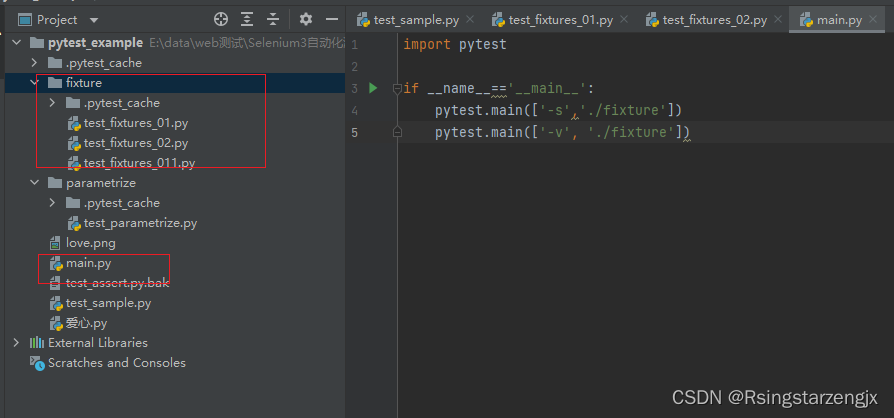


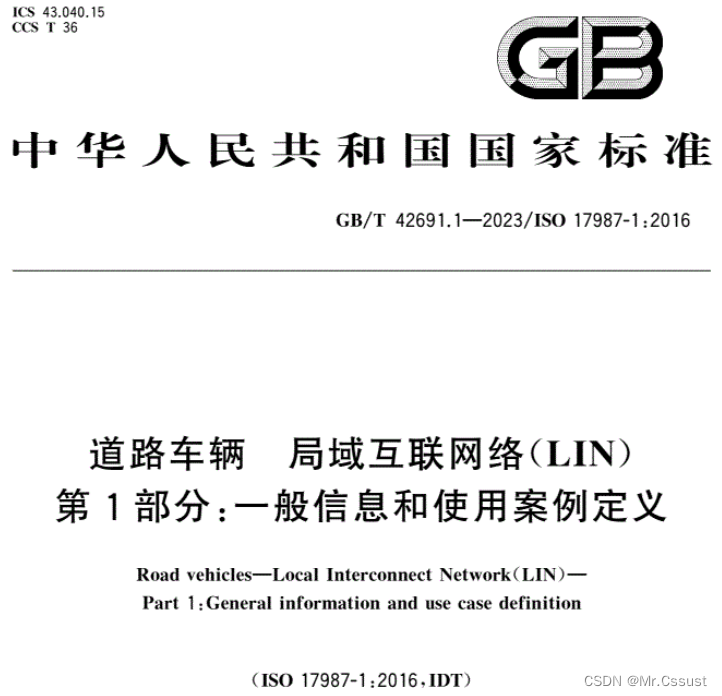

![[React] react-hooks如何使用](https://img-blog.csdnimg.cn/32723159d07a4a638508a4c7b9ba60fb.png)


